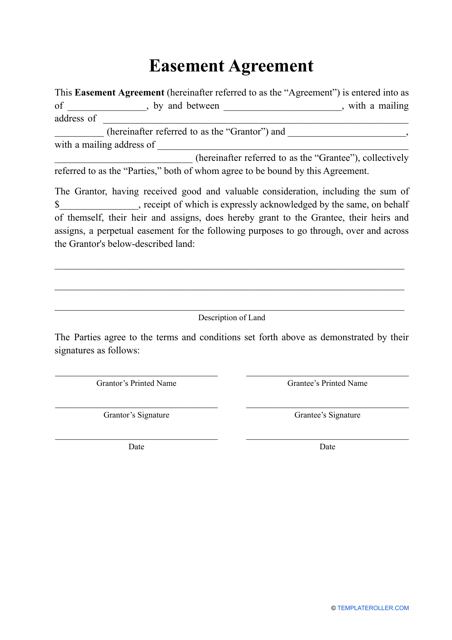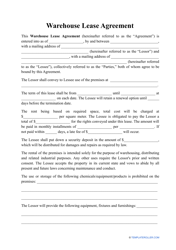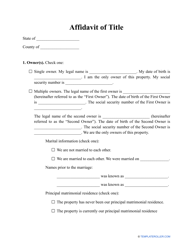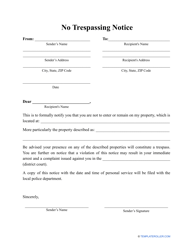Easement Agreement Template
What Is an Easement Agreement?
An Easement Agreement is a legal contract that defines the relationship between parties, where one party (a grantee) is allowed to have limited use of the property of another party (a grantor) for a fee. The purpose of the document is to give the grantee a right of easement, a permit to use the property they do not own.
A printable Easement Agreement template can be downloaded through the link below. Generally, public utility companies enter these agreements as grantees in order to erect telephone poles above the grantor's private property or run pipes beneath it. If there are several property owners and they want to regulate their right to use shared areas they can sign a reciprocal Easement Agreement. This type of contract is commonly applied to situations when the parties want to share a parking lot or wish to turn their property into a shopping center.
How to Write An Easement Agreement?
A simple Easement Agreement should include the following parts:
- Introduction. The agreement should start with a title that can be followed by information about the involved parties which usually includes their names and positions in the deal. It can also state when and where (name of the country or state) they have entered into the agreement.
- Recitals. In this part of the Easement Contract, the parties should designate their recitals. The grantor can designate that they are the legal owner of the property which is called the easement area, and that they are willing to give the grantee an easement on the terms and conditions stated in the agreement, while the grantee can state the purpose of why they are requesting the easement.
- Grant of Easement. The parties are supposed to express the subject of the document here. One of the ways to do it is to, for example, state that the grantor gives the grantee an easement over the easement area, and the grantee is allowed to use it for the purposes stated in this agreement. This section can also include the list of activities the grantee is allowed to do in the designated area. In addition to this, the parties can indicate the address of the easement area, however, it is far more convenient and descriptive to add a plan of the easement area as an attachment to the contract.
- Term. If this is a temporary Easement Agreement, the parties should include the period during which the grantee has the right of easement. If this right is granted permanently, then the parties should state that the agreement is in full force and effect unless it is amended, modified, or terminated by an agreement executed by the involved parties.
- Notices. Here, the parties can include the addresses that can be used for any type of official correspondence between the parties.
- Other Provisions. P ar ties can include other provisions in the contract as well. They can thoroughly describe the rights and obligations of each involved party, state whether there is a fee for the right of easement, depict how the damages will be covered if anything happens in the easement area, whether any of the involved parties are required to have insurance of the shared area, what is the order of making amendments to this contract, etc.
- Signatures. In conclusion, the parties should state that they are entering the agreement under their own free will and fully lucid. To confirm it, they put their names and signatures at the end of the contract.
- Attachments. In addition to the legal description and depiction of the easement area, the parties can attach other documents to the agreement.
Not what you were looking for? Check out these related topics:







